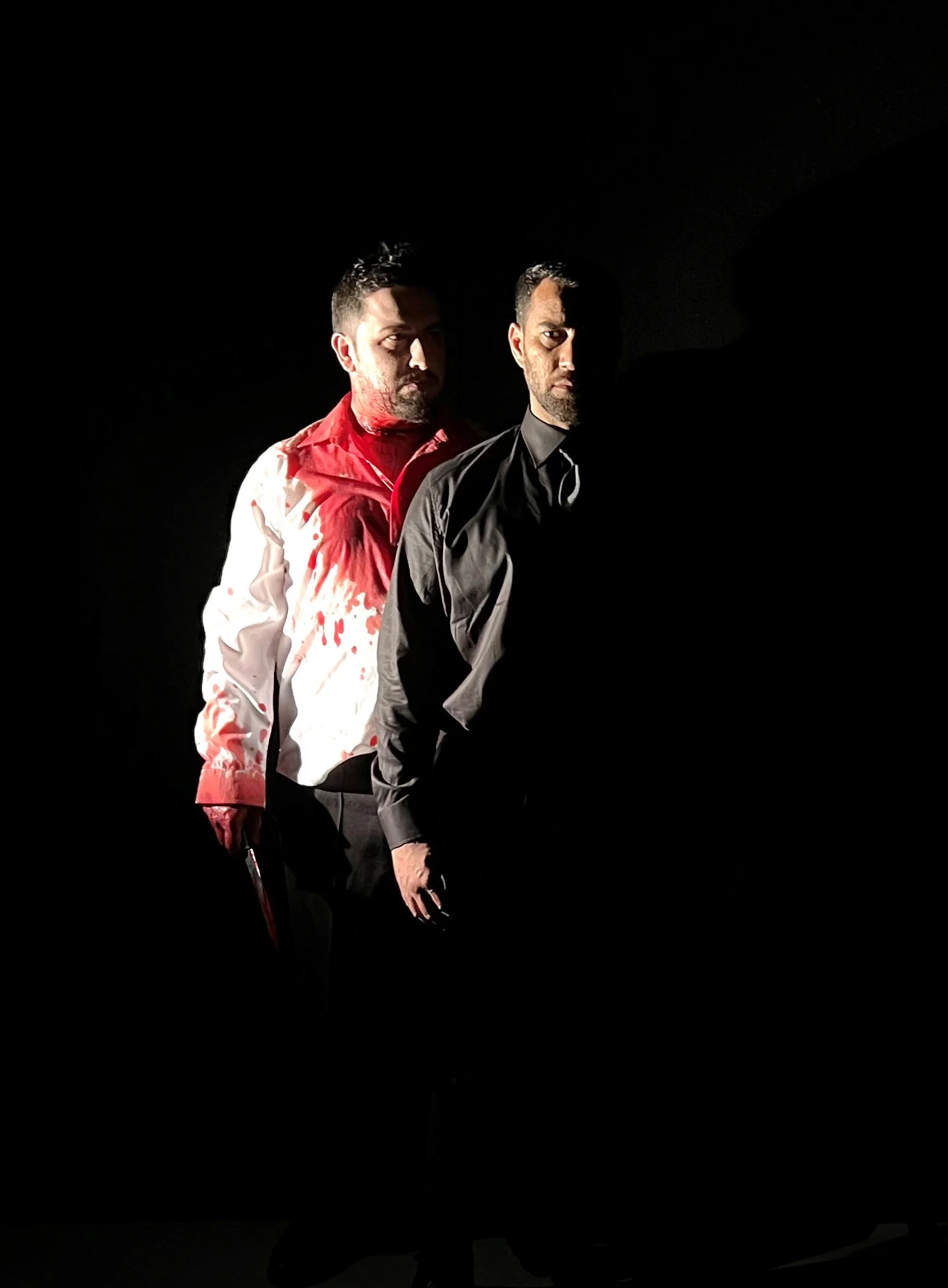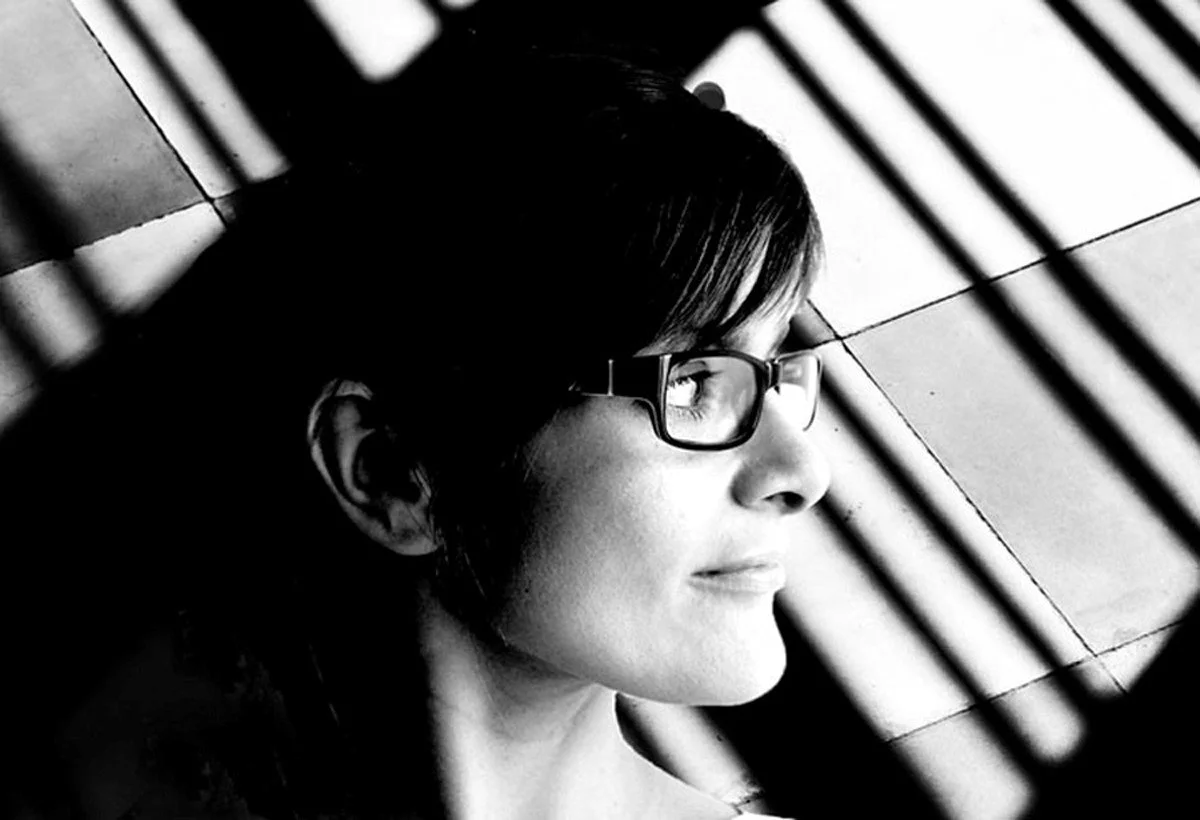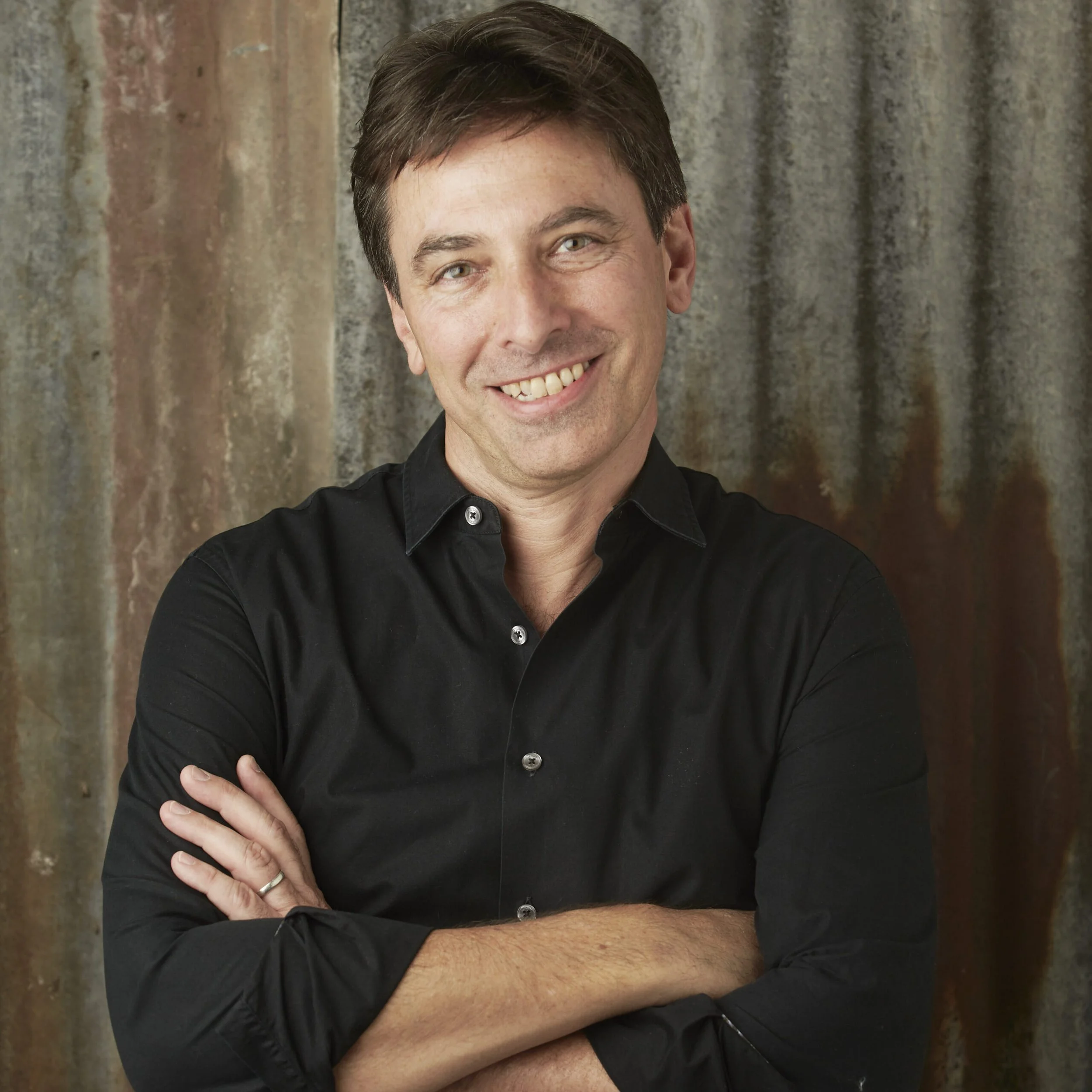New Zealand Opera’s Macbeth: “blood everywhere”
Baritone Phillip Rhodes sings the title role in NZ Opera’s Macbeth
“Verdi allows allows his characters to be complex, ambivalent, contradictory…” (Netia Jones, Director)
New Zealand Opera’s new and very modern production of Verdi’s Macbeth explores contemporary issues of power and gender and the derangement and paranoia of the 21st century human psyche. “The look and tone evoke an Italian horror movie,” says NZ Opera’s General Director, Thomas de Mallet Burgess, “abstract and cinematic and rife with symbolism.”
The direction and design of this Macbeth are in the hands of brilliant English creative artist Netia Jones, acclaimed by The Observer as “the most imaginative director of opera working in Britain today”. Speaking during rehearsals in Auckland, Jones is bright-eyed with excitement as she explains her approach to her first Macbeth.
Director Netia Jones
“…the most imaginative director of opera working in Britain today”(The Observer).
“The thing about Macbeth is how experimental it is. It’s so modern; Verdi really pushed the boat out and took all kinds of risks,” she says. “But while it’s thrilling and unusual, you also have these huge, rousing, stirring choruses, not all strictly necessary for the narrative, but irresistible.”
There’s no doubt that Verdi’s music, while written in the 19th century, has retained its appeal into the 21st. Since July New Zealand audiences have enjoyed his Requiem and a concert performance of Il Trovatore from the Auckland Philharmonia, and his opera La Traviata by Wellington Opera. Jones agrees that his contemporary relevance is related to the humanity with which he treats his characters.
“He allows them to be complex, ambivalent, contradictory,” she says. “There’s no sense of goodies and baddies. Verdi himself said, famously, there are just three characters in Macbeth, Lady Macbeth, Macbeth himself, and the chorus of witches. And how lucky am I to be working with Phillip Rhodes as Macbeth and Amanda Echalaz as Lady Macbeth? Both have leaned right into the complexity of these two humans, creating very rich and dense characters.”
The timeless narratives Verdi chose for his operas often have strong female roles, with Lady Macbeth one of the most compelling. “Verdi was fairly thrilled by Lady Macbeth,” says Jones. “It’s an absolutely stonking role. She and the witches inhabit the same kind of place, the idea of disobedient women, women who refuse to toe the line.”
Jones points out that there’s a very clear misogynist line of thinking about witches in history which became quite cartoonish in the 20th century. In the source material for Shakespeare’s “Scottish play” on which the opera is based, the Holinshed's Chronicles, the witches are drawn as courtly ladies. “They’re not hags, ancient crones with hooked noses; the evolution of that image of witches is misogynist. So, though Verdi has some ‘hubble, bubble, toil and trouble’ in his music, I’ve taken it back, not only to exploring the correlation between Lady Macbeth and the witches, but also the idea that the witches were courtly ladies.”
Themes of gender in Macbeth are essential to the story. “The character of Macbeth” says Jones “is an exploration of masculinity. On the one hand he’s a warrior, a fighter, he excels at killing. But he doesn’t have the fortitude and steely quality of Lady Macbeth. He has imagination and can see into the future, like the witches, so he’s an interesting combination of ‘manly’ and very vulnerable.”
Verdi’s character Macbeth, played by Phillip Rhodes
“…a combination of manly and very vulnerable” (Netia Jones).
As well as a theatre and opera director with an impressive list of acclaimed productions, Jones is a video artist leading the creative and technical studio Lightmap. For this production she has designed set, costumes and video and there’s no tartan to be found. With a restricted colour palette – black and white, with red and cyan the only colours – the set for this Macbeth is, she says “like a vessel for very complex interactions. The humans feel rather small in this unfriendly, cold world, it’s not a place of comfort or a place of safety.” As she always does, she’s using projection for atmosphere. “It changes the environment very speedily and efficiently”.
Jones likes to collaborate closely with the conductor when she works on an opera and is hugely enjoying her time in the rehearsal room with the production’s music director, Australian-born conductor Brad Cohen. “Brad has an encyclopedic knowledge of this piece and a very clear grasp of its musicality. I’m very excited by the musical decisions he makes.”
Inevitably, any conversation about Macbeth, play or opera, comes around to the subject of blood. “I’m keeping quite clean visual spaces,” Jones tells me, “but there’s a kind of melodramatic feeling in this Verdi, there’s blood everywhere, blood is a running theme.”
Cohen finds that theme inside the music itself, referring to Verdi’s use of a specific “tinta musicale” (“musical colour”) in his operas. “What is the ‘tinta’ of Macbeth?” Cohen asks. Musicians will find his answer fascinating. “It’s the flattened sixth degree of the scale, which is a motive across the whole piece; Verdi makes almost obsessive use of it. And it is a motive of blood.”
Music Director Brad Cohen
“…the tinta of Macbeth is a motif of blood.”
Jones hopes the audience will bring their own imaginations to the interpretation of the opera. “With every production, I try to have it feel somehow authentic but fresh. Verdi’s storytelling is at the core, but I like to create a space for the audience where thinking and feeling are both possible. I’m keen for two things to exist at the same time, a thinking landscape and a psychological landscape. Really, you can engage with this Macbeth in the way that you want to.”
Verdi’s Macbeth New Zealand Opera Brad Cohen (Conductor) Netia Jones (Director/Designer) Phillip Rhodes (Macbeth) Amanda Echalaz (Lady Macbeth)
Auckland 21 - 25 September, Wellington 5 - 9 October, Christchurch 20 - 22 October
More information and tickets here
This article first appeared in the NZ Listener issue 17 September, 2022




